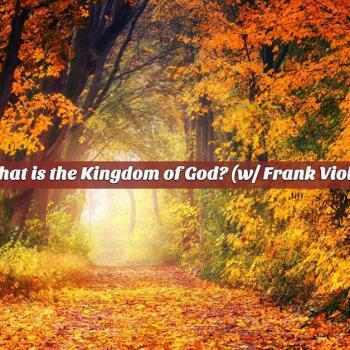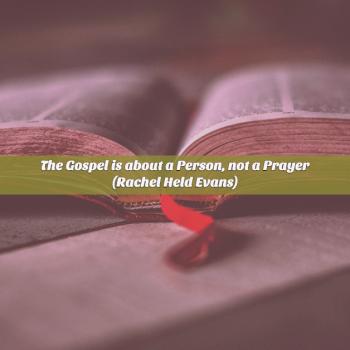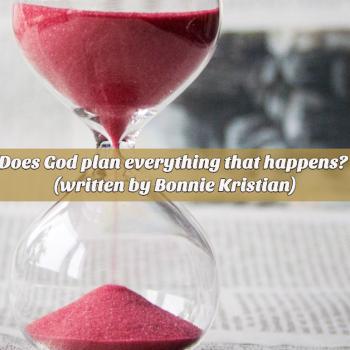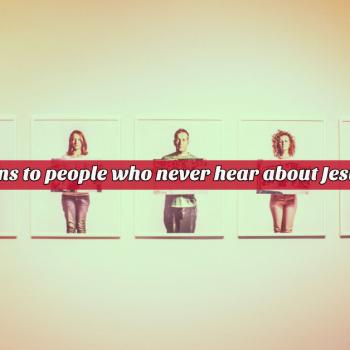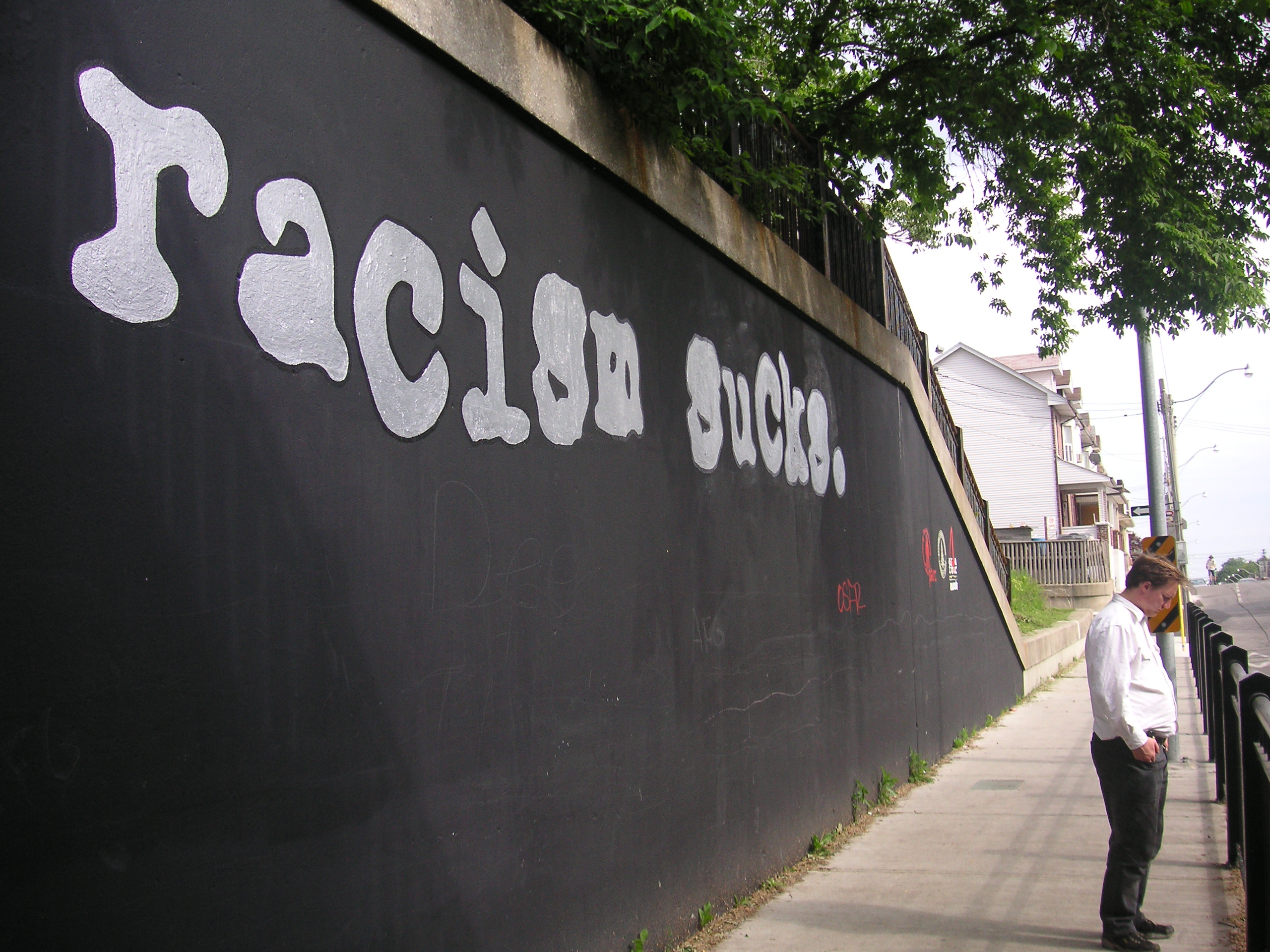
I am the type of person that often likes to begin “controversial” or “Taboo” conversations with those I am closest. In talking with one friend, we began to consider the strides of American society in terms of racism. I remember my friend commenting that despite great efforts of the civil rights movement and legislation changes, racism is still alive and well. While society is no longer able to label bathrooms and water fountains, if you simply take a close look, you can still that inequality has still used its massive hand to racial separate people. While I am very grateful for past efforts to ensure equality for all people, I believe that we still have a far ways to go, but unless we recognize this, things will only remain the same.
A couple of weeks ago, the Urban League came out with an article entitle Urban League report finds growing racial disparities. Through research of unemployment, mortgage application approval, wealth, and income, the Urban League synthesized startling figures supporting my claim that racism still exists. Throughout the economic downturn of the last two years, it seems that no one has been exempt from feeling an impact whether that has been involving housing, loans, or employment. I will not claim that only racial minorities has been negatively effective by the economic crisis, data does show that some have been disproportionately been impacted.
Where is one place that we can see racism at work? In examining most urban areas, it is evident that neighborhoods are still very segregated. This can be proven by simply talking to a native Philadelphian who will recognize that there is both a “black and Hispanic” section of North Philadelphia. I am sure people could share this same story of neighborhood segregation across the country, but is it the only place we see segregation? In response to a Washington Post story on the Urban League’s findings, one reader comments that racism, as referenced in the article, is the inevitable result of obsession with race. The reader asserts that by addressing these issues we are giving life to racism. Idealistically, race, a much debated concept among theorists, is a term used to create divisions among people groups by their physical appearance that we should disregard, but to ignore the statistics pointing to certain inequalities among these created divisions does not end racism. We are living in a world produced by past decisions of government, using different methods to define groups of people, not just race but also class, gender, ability, etc.
Here is a question: How is this reflected in American churches? There are many churches that are considered traditionally ___ churches; you fill in the blank. Many churches are divided by race. Martin Luther King Jr. commented once that Sunday morning is the most segregated time of the week. Is this an injustice? Are churches segregated? Are racially monolithic churches “right, ”or are multi-cultural churches “right”? I think this is a worthwhile conversation to have.
There are many schools of thought about multi-cultural churches, and one I think of is that Spenser Perkins and Chris Rice reflected in their book More than Equals: Racial Healing for the Sake of the Gospel. Through this book, Perkins and Rice seek to share how racial reconciliation can happen through: Admit, Submit and Commit. This is a great resource to explore the idea of racial reconciliation in the church context.
Perkins and Rice talk about the importance of people of various races finding a safe place to bring about reconciliation, which can happen in a multi-cultural church. As a Christian, I firmly believe in the importance of reconciliation, not only with God but with other people, which to me means across racial lines. Thus, I firmly believe in intentional multi-cultural churches (particularly in communities that are multicultural), which not only look multicultural, but have those of all races in leadership and the culture of all represented in the service. Why? I believe this is important in creating a safe place, harboring relationships where we can admit our own struggles and prejudices, submit to one another in love, and commit to deep relationships where reconciliation can happen. However, this should be a conversation, on-going, so I encourage this to become a dialogue.
Conversations on issues such as these are healthy within churches and among professing Christians. I deeply appreciate the program for which I work, the MA in Urban Studies, where students from a variety of backgrounds meet to talk about issues of justice including racial reconciliation. Through talking about these hard issues, solutions can be found, which inspires change, real change!
————————————————————–
Whitney Monn is a Program Recruiter for the Master of Arts in Urban Studies program at Eastern University. Learn more about the Master of Arts in Urban Studies by visiting www.eastern.edu/urbanstudies. Also, like us on the Urban Studies Dept. Facebook fan page (http://www.facebook.com/pages/Urban-Studies-Department-at-Eastern-University/186644848032000). Whitney is married and lives 10 minutes outside of West Philadelphia. *Read more of Whitney’s blogs on the Urban Studies Department blog (http://easternurbanstudies.blogspot.com/).


